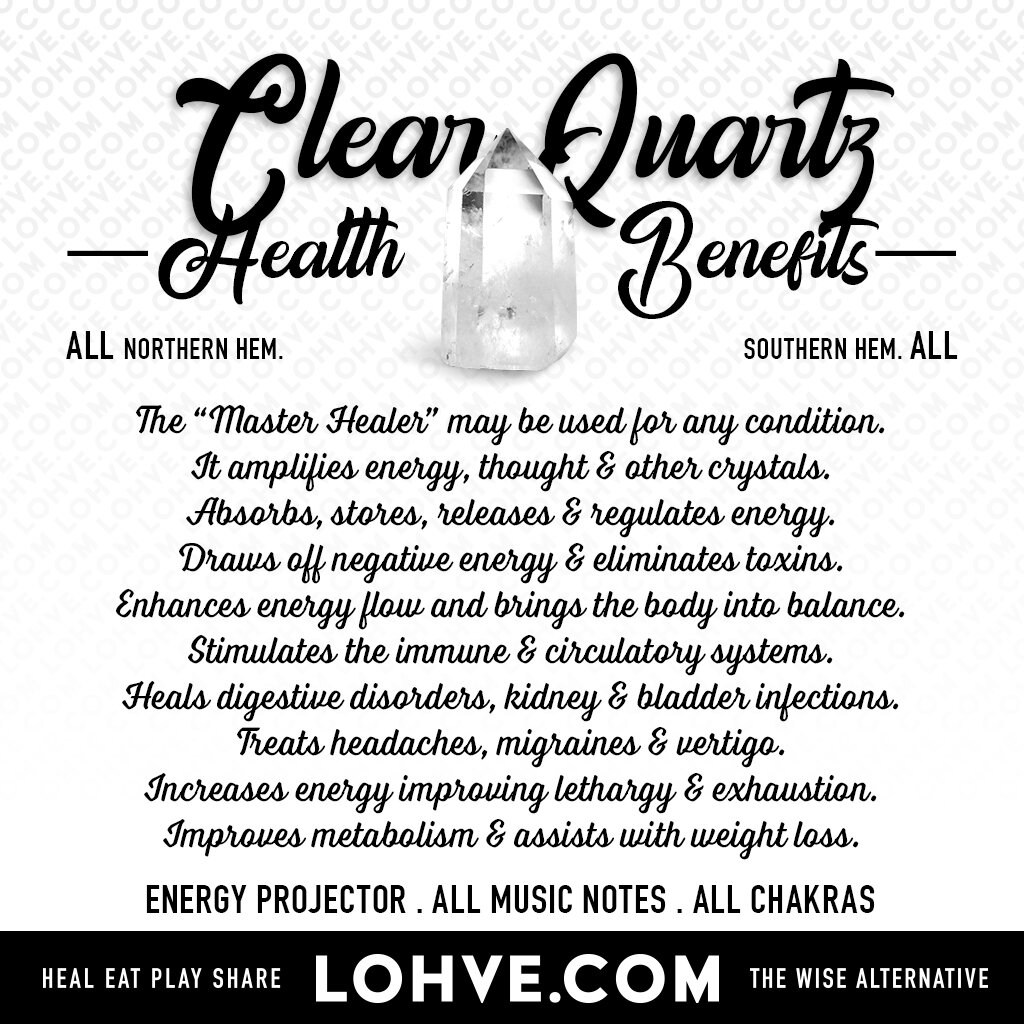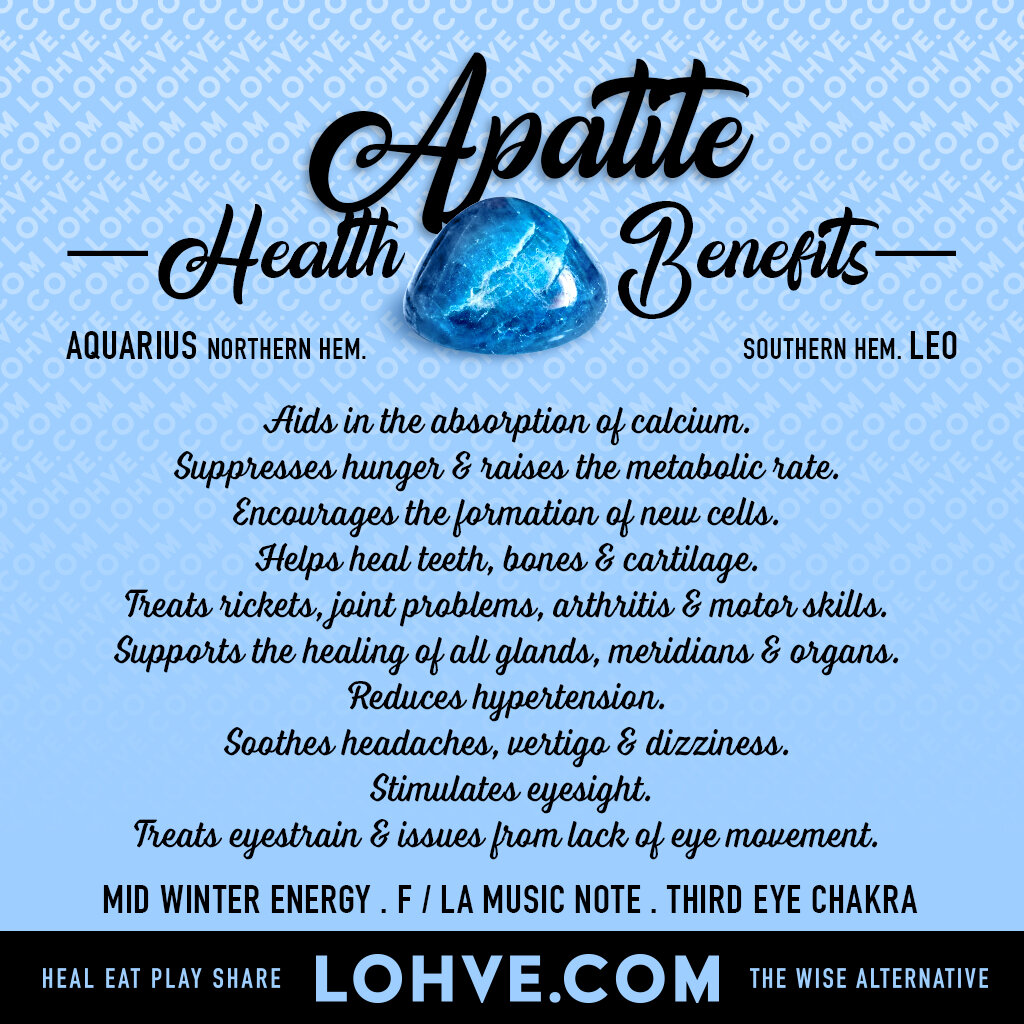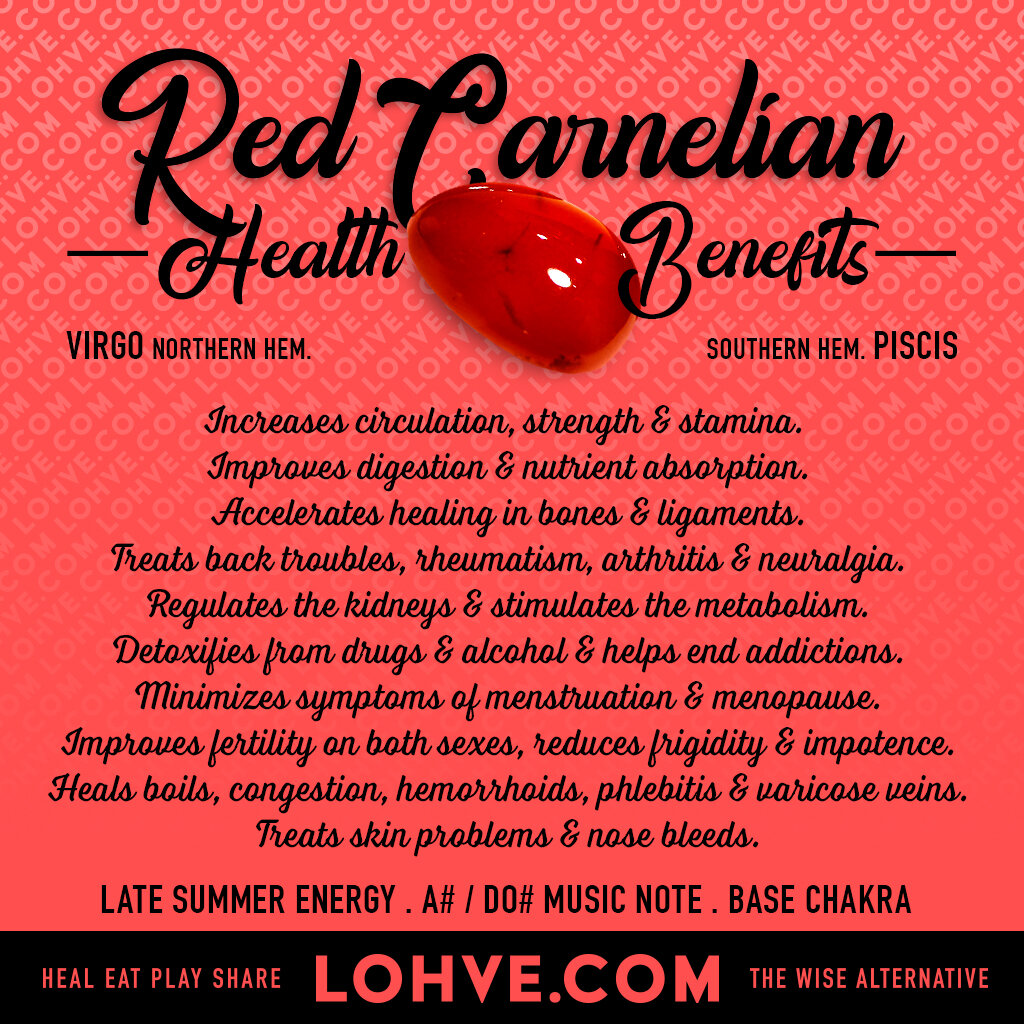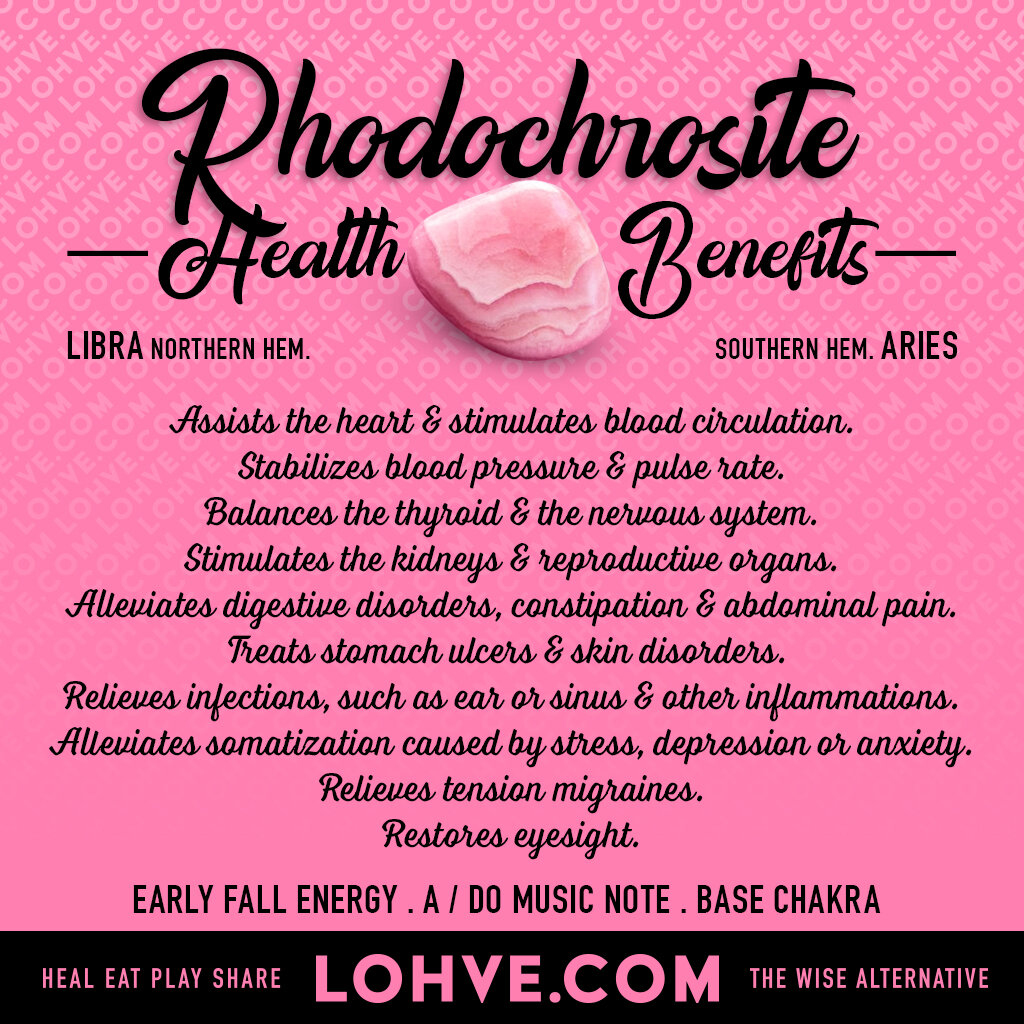EMERALD
Natural, transparent Emerald is one of four “precious” gemstones (including Diamond, Ruby and Sapphire), and is the green variety of Beryl, a beryllium aluminum silicate mineral colored by trace amounts of chromium and/or vanadium. Emerald occurs in hues ranging from yellow-green to blue-green, with the finest being a pure verdant green hue, medium to dark in tone. Light colored gems are usually known by the species name, Green Beryl. Most Emeralds are highly included with surface breaking fissures, so their toughness, or resistance to breakage, is usually classified as generally poor.
HISTORY
Emerald has been a source of fascination and reverence in many cultures for over six thousand years, sold in the markets of Babylon as early as 4,000 B.C. It was a stone worshiped by the Incas, believed by the Chaldeans to contain a goddess, and was highly honored in all major religions for its spiritual power and beauty. Emerald was considered a symbol of eternal life in ancient Egypt, a gift of Thoth, the god of wisdom, and was a favorite jewel of Queen Cleopatra. The Emerald mines in Upper Egypt, rediscovered a hundred years ago, are some of the oldest in the world and were called Cleopatra’s mines for her love of the stone. Emeralds were also talismans of Aristotle, Alexander the Great, Charlemagne, and the moguls of India. They’ve adorned the crowns and royal jewels of many countries for centuries, and fabulous collections and stunning gems continue to be treasured and displayed by the rich and famous today. [Mella, 84][Eason, 250][www.jewelsforme.com]
COMPOSITION
Emerald is a gemstone and a variety of the mineral beryl (Be3Al2(SiO3)6) colored green by trace amounts of chromium and sometimes vanadium. Most emeralds are highly included, so their toughness (resistance to breakage) is classified as generally poor. Emerald is a cyclosilicate.
HARDNESS
Mohs Scale Hardness: 7.5 - 8
The Mohs scale of mineral hardness is a qualitative ordinal scale characterizing scratch resistance of various minerals through the ability of harder material to scratch softer material.
ENERGY CORRESPONDENCES
LATE SPRING ENERGY
ARIES
Northern Hemisphere
LIBRA
Southern Hemisphere
D# / FA#
Music Note
EMERALD GREEN
Color
HEART CHAKRA
HEALTH BENEFITS
Emerald
Treats disorders of the heart, lungs, spine & muscular system.
Detoxifies the liver & aids in recovery after infectious illness
Alleviates diabetes & rheumatism.
Treats the gall bladder, pancreas, kidneys & re-vitalizes organs.
Assists in the healing of malignant conditions.
Helps sinuses, allergies & averts sinusitis.
Wards off epilepsy, fever & headaches.
Soothes the eyes, improves vision & restores eyesight.
Relieves eczema, rashes & skin irritations.
Rejuvenates & combats aging.
Emerald imparts a wonderful rejuvenating quality, thought to combat aging and when placed appropriately, to re-vitalize tired organs. It is a strong healer of the physical heart, and may be useful in treating the lungs, liver, gall bladder, pancreas and kidneys, as well as the spine and muscle system. It aids recovery after infectious illness, and its powerful green ray can assist healing of malignant conditions. [Megemont, 81][Ahsian, 149][Melody, 258][Hall, 127][Eason, 250]
Emerald is considered to be the best gem for treating the eyes and restoring eyesight. An eye bath of Emerald water is soothing to the eyes and may alleviate eye infections. Drinking an Emerald elixir is also reputed to soothe gas and cardiac weaknesses, and is an excellent stimulant in treating gout and strengthening memory. (We recommend the indirect method of preparation.) [Eason, 250][Megemont, 81-82][Gienger, 36]
This stone is believed to ward off epilepsy, and may be used to avert fever, headaches, allergies and sinusitis. It also relieves eczema, rashes and skin irritations. [Gienger, 36][Eason, 250][Hall, 127] Emerald may be used to increase fertility and for support during childbirth. [Eason, 250]


























